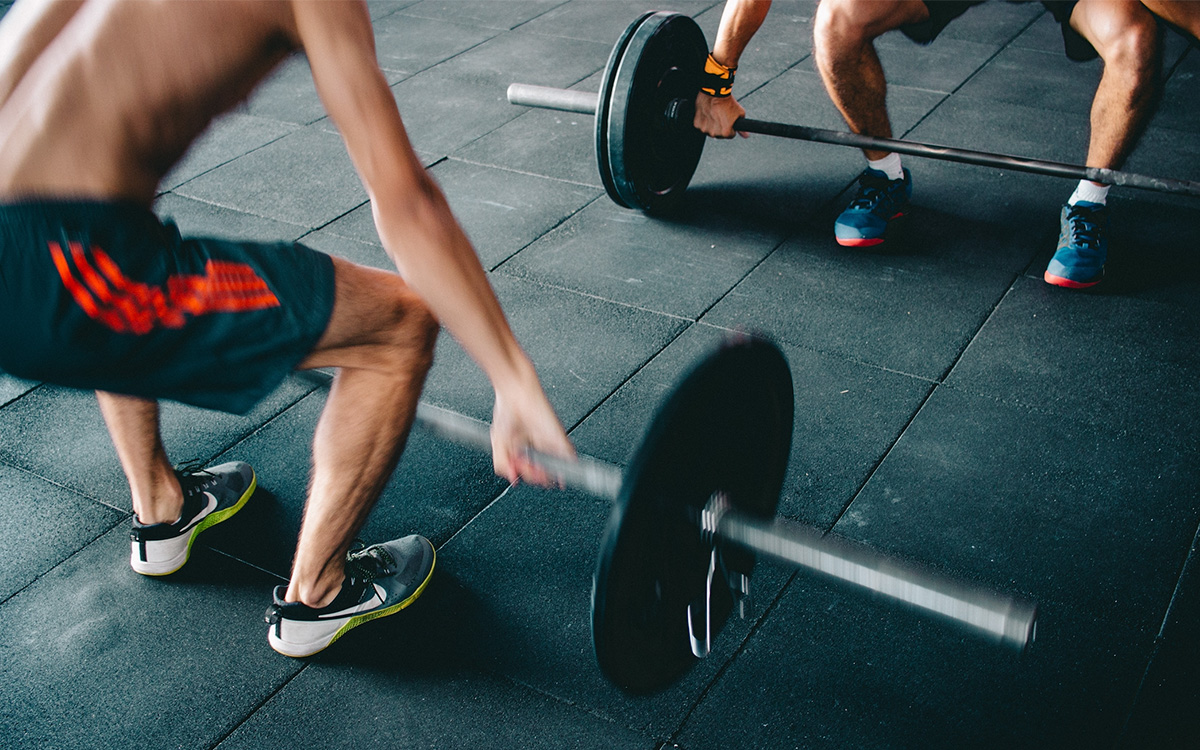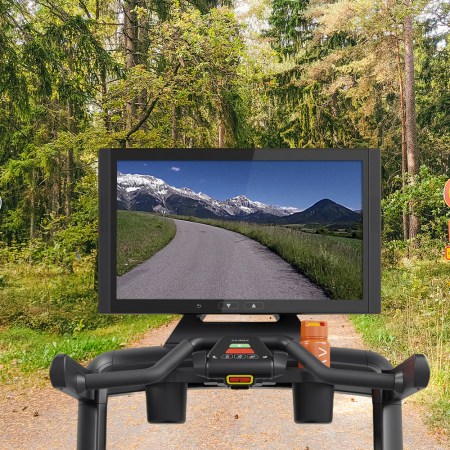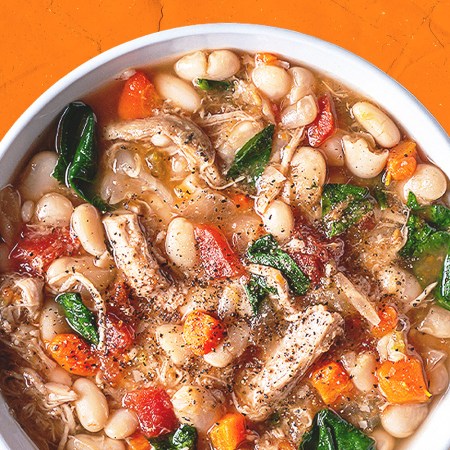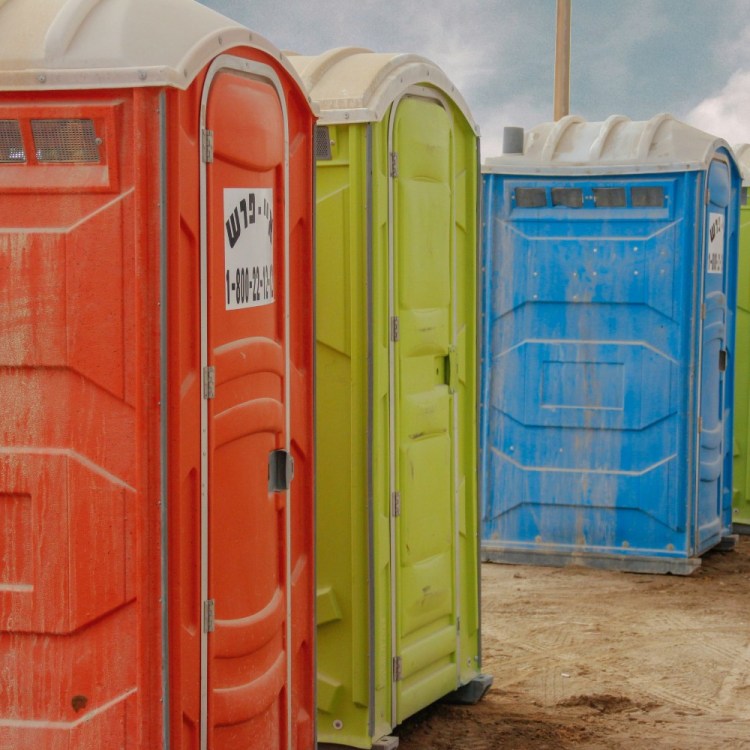Technically, everybody’s working on their calves.
Those shaky first steps from your bed to the bathroom in the morning are your gastrocnemius (the two-headed muscle that juts out from back of your lower leg) and your soleus (the muscle directly beneath it, which extends down to the heel) working in tandem to stabilize your body weight. It’s a task they’ve performed all day, every single day, since your toddler self started walking.
Adding muscle to any part of the body takes discipline, a diverse workout scheme and a conscious diet. But it’s objectively easier to build, say, bigger triceps than bigger calves. Why? Because there aren’t too many opportunities to perform dips or skull crushers in day-to-day life. So once you introduce your body to a diligent exercise program, immediate, tangible progress tends to follow.
There is no such guarantee when strength-training your calves. The muscles in your lower limbs just already get too much action; they’re used to climbing stairs, the sting of a run. They’ve reached a sort of hardened comfort zone. It’s little wonder that the draw of calf implants, then, is a famous B plot in an Entourage episode, or that certain men seem to know that they were “endowed” with tree trunk calves, and others, on days where pictures might be taken, will wear pants for fear of their cornstalk legs parading around social media.
Two things on that one point: A) there’s nothing fundamentally wrong with your legs, friends, so make sure to excommunicate those thoughts from your brain. And B) if you‘re inclined to get bigger calves, don’t write it off as some genetic lost cause. You can do it, it’s just going to take some commitment. From hours in the gym to stair workouts to swinging a jump rope, here’s how to make it happen.
In the Gym
As you might have already guessed, the most effective method to build out your calves involves taking your routine to the gym. You want to “shock” those muscles by showing them a form of exercise they’re not used to, at an intensity they’re definitely not used to. Your standard neighborhood gym has every workout machine, box jump and dumbbell collection you need to begin that process. Here are five moves you’ll want to focus on when targeting your calves. We recommend performing this workout two-three times a week (gotta give those guys a chance to heal up).
Standing calf raises: You know this exercise is simple because it’s spurred dozens of variations. You can do it with dumbbells or without weights, on the lip of a calf block or on a mat. We recommend starting at its most basic: stand in front of a mirror with your feet lined up a few inches apart. Slowly point onto the balls of the feet, then lower yourself back down. Engage the full range of motion (a crucial thing to remember when attempting any calf exercise). Once you’ve mastered it without weights, you can add dumbbells. Start with 25-pounds in each hand. Go for lots of reps. Once you start feeling tired, try to knock out 10 more.
Leg press calf raises: The leg press machine is mystifying to a lot of people, and it’s no wonder why. Gym rats have been known to load up each side with three or four 45-pound plates and then knock out an obscene amount of reps. Now, that’s easy to do when your feet are planted firmly in the middle of the platform. But for a calf exercise, you want to place just your toes against the very edge of the platform. Push forward, then slowly let the platform slide down as your ankles roll back. Repeat this motion for 10 good reps, and perform three sets.
Box jumps: Stand in front of an exercise box. Make sure it’s firmly planted on the ground. Jump up, stick the landing, then step back down. It’s important for this exercise that you explode up; if you’re playing hop-scotch out there, you won’t get much out of the workout. Imagine tearing out of the box during a 100-meter race. Perform 10 of these at a time, with three different sets.
Squat jumps: We’re taking away the box here, but not holding back any explosiveness. Start in a squat with your butt out and your arms in fists in front of you, like you’re holding the handles of a jet-pack. Then leap up, letting your arms fall back, and land, returning to the exact same starting position. Perform these on a mat if you can, it’ll soften the stress of each landing. Do 15 at a time, for three total sets.
Side lunges: In general, lunges target the glutes and thighs. The calves benefits as neighbors of this process, particularly the soleus muscle, but you can get them more involved when performing in-place side lunges. Start in an athletic position, facing forward, and lunge to the side with one leg, making sure to keep that foot facing forward. Return to the starting position. Perform this move 10 times before switching legs. This is a great exercise for loosening up your hips and groin, which will only have positive effects on the rest of your leg workouts.
Nota bene: Any of the above exercises can be performed without shoes. As trainer Jeremy Scott once told us regarding sneaks off in the gym, “Love barefoot training for legs. The connection between mind and muscle is amazing; I would highly suggest it. When doing those calf raises, the neurological mind-muscle connection helps you gets a better feel and push through with that foot/big toe.”
On the Stairs
If you don’t want to pay for a gym membership or just appreciate a reliable option on those days you can’t quite make it to the gym, stairs are your best friend. Find a good outdoor set (high school bleachers always work well) and focus on two exercises: stair running and heel raises. Stair running is pretty self-explanatory; it gives you a chance to inject some cardio into your workout, while introducing a more challenging call to action for your calves. Make sure you’re landing on the balls of your feet with each stair, and depending on how steep it is, try to do 5-7 sets. Once done, pick a stair, any stair, and perform both double- and single-foot calf raises, as you would on a mat or calf box at the gym.
With the Rope
Easily the most fun way to see immediate progress from your calves. Pick up a jump rope and get to it. Don’t worry about any fancy moves you might’ve seen in boxing movies, just perform the exercise the way you learned in second-grade gym class. Pick up the rope and get going. Aim for three minutes straight. If that’s too easy, try to add another minute, then another until you can eventually jump rope for 10 straight minutes (no easy feat/feet!). There’s an aerobic element at play that’s even dissimilar to all the other exercises here (even stair running), which makes this a different way to target the calves. But that’s a good thing. This is an excellent calf exercise for shaking off the inevitable boredom that will arise from performing the same few moves over and over again. It’ll shock your muscles down there, yet again, and drastically improve your aerobic health as a positive byproduct.
Around Town
It seems silly, but walking around on your tippy toes will 100% strengthen your calves. There’s nothing sustainable about that method and most passersby will think you’ve lost it, but there are small ways to incorporate it into your private routines. If you pace your home or apartment while on the phone, for instance, try walking on the balls of your feet next time. It’s also important, as always, to just be mindful of how little you may be walking during the course of a day. Logging an extra thousand steps on your Fitbit won’t be the difference maker, but it’ll keep your legs loose, and help them heal. To that point — make sure you’re ending each day, or putting aside time after a workout, for stretching and tissue work. Whether it’s a $2 tennis ball or a $600 Theragun, levying some percussive therapy on your calves will help prevent cramps and injury.
At the Table
Eat well. You gotta. White bread, refined sugar, chips, too much beer, fried anything … if it’s a regular part of your diet, you simply can’t expect to make serious calf gains. You’ll also notice, because calf workouts generally engage the core, that working out after eating those foods will be uncomfortable. For lean, dependable energy that will encourage muscle mass, remember to “eat colorfully” (greens, reds and oranges instead of caramel browns) and load up on protein from meats (turkey, grilled chicken, salmon), legumes (quinoa, wild rice) and veggies (broccoli, asparagus, cauliflower).
The Charge will help you move better, think clearer and stay in the game longer. Subscribe to our wellness newsletter today.

























